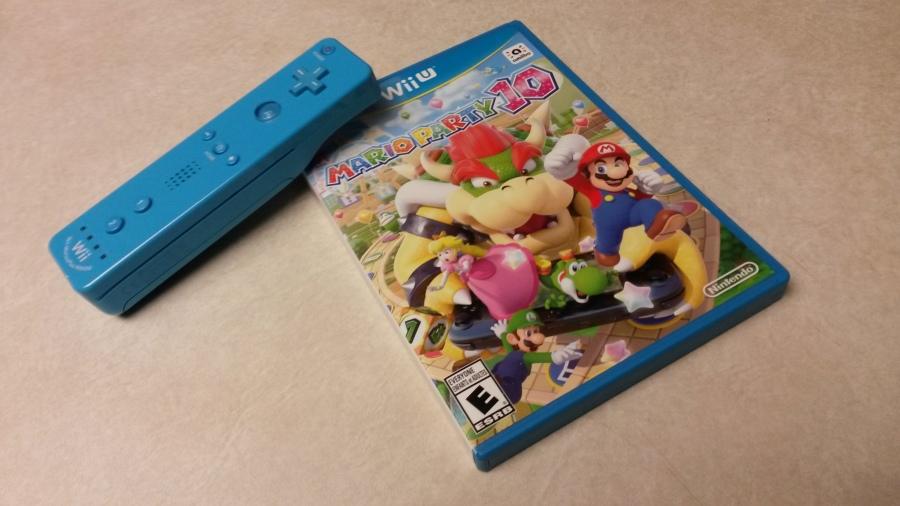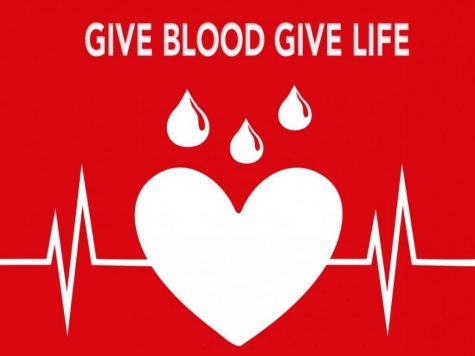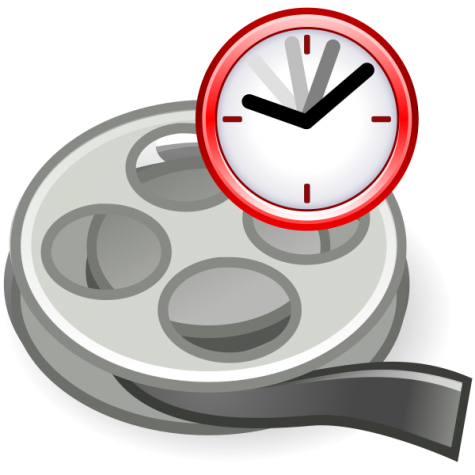Mario Party 10: Nintendo’s Partying Franchise Continues
Now, I know what you’re probably thinking: Seriously, another one? My only answer for you is yes. On March 20, Nintendo released yet another game in the Mario Party series, which has been active since 1998, and this time they hit a milestone with Mario Party 10 for the Wii U. I purchased the game recently and had the chance to play it with my older siblings, and, in our opinion, Mario Party 10 is fun and humorously whimsical; however, its basic gameplay and somewhat disappointing features made it clear to us that Nintendo created it specifically for younger children. This was definitely the game’s biggest shocker since the old Mario Party games proved to be tons of fun for kids and young adults alike.
The game features three modes, one of which is the basic “Mario Party” mode. This mode has been featured in every game to date. In a Mario Party, players choose iconic Mario characters like Mario, Princess Peach and Yoshi and move around a board by rolling dice blocks. It’s basically like playing a virtual board game that’s filled with elements from the Mario universe. Mario Party 10 features everything from an underwater board to a fiery inferno. My favorite board is definitely the standard board, Mushroom Park; it’s a grassy land without all of the unusual mechanics the other boards have to offer. The boards of Mario Party 10 are drastically different from the boards in past games, though. Instead of roaming independently to purchase stars for twenty coins, players travel together in a car down the board’s single path. They take turns rolling the dice and try to collect as many “mini stars” as possible before reaching the end, where they compete for more mini stars by defeating a boss in a mini game. To someone who has grown up with Mario Party over the years, these changes are really strange and almost frustrating. The single path and the fact that everyone travels together in a car are the two things I really dislike. They make winning a game in the Mario Party mode depend more on fate than skill, which I find childish and a little disappointing. Still, I appreciate that Nintendo tried to change things up a bit in order to give the series something new and unseen.
As ironic as it might sound, the Mario Party mode is just one of three modes you can play in Mario Party 10. Two brand-new modes are also included in the game: Bowser Party and Amiibo Party. In all honesty, Bowser Party is the best part of the game, but I’ve only tested it once. It lets you play as Mario’s lifelong enemy, Bowser, and your sole mission is to chase the other players across the board until you destroy them. This can only be done by draining each player’s supply of hearts before they reach the end of the board. Every time Bowser catches up to the players, he has a chance to drain their heart supply by burning them, smashing them, and pulverizing them in other ways that greatly make use of the “mild cartoon violence” ESRB included in the game’s rating. When a player runs out of hearts, they disappear in a way that I thought was eerily similar to death. In a nutshell, Bowser Party is Mario Party 10’s mode that lets you sadistically kill Mario and his friends, and it’s kind of creepy. It can also be super fun if you’re trying to destroy your siblings, though.
On a less destructive note, the game’s third mode, Amiibo party, also proved to be one of its defining features. Nintendo recently created figures called “Amiibos,” which resemble iconic characters like Link from The Legend of Zelda, Samus from Metroid, and Pac-Man. There are a ton of different amiibos out there, but they’re really hard to find. Fortunately, my siblings and I bought a few of them, so we were able to see how an Amiibo Party works. Amiibos operate kind of like the Skylanders figures you might have seen in commercials on TV. You place your Amiibo on a certain spot of the Wii U’s Game Pad to play in the Amiibo Party mode, which, like Bowser Party, is just another different version of Mario Party. My siblings and I were refreshed when we discovered that the Amiibo Party mode has the same gameplay as the traditional Mario Party games: each player travels independently around a board and purchases stars for 20 coins each. There are absolutely no mini stars or cars that determine your fate for you, which was a nice surprise. The boards also resemble realistic board games. It’s really cool, actually. Your characters move around on the board like little game pieces and even get knocked over when the dice tumble into them. Despite these perks, though, Amiibo Party also has its fair share of disappointments. All of its boards are shaped like a simple square that forces players to travel in a loop, and, like the Mario Party mode, this basic setup causes the winner to be determined more by fate than skill. Amiibos, as stated previously, are also kind of expensive and hard to find, so this mode might be hard to access for most people who purchase Mario Party 10.
I enjoyed Mario Party 10, but it definitely had its drawbacks. It might not be nearly as fun as other Wii U games like Mario Kart 8 and Super Smash Bros. for Wii U, but it’s definitely worth buying if you own a Wii U and have grown up with the Mario Party games through the years. It’s the ideal family game for parents with kids in elementary school or teenagers with younger siblings. Unfortunately, I only have three older siblings, so we will probably not be playing this game again anytime soon since this isn’t a game you would play by yourself. Still, the bright colors, interactive mini games, and pure craziness of Mario Party 10 make it a great idea for a video game night with friends and family—just probably not for a group of teenagers.




